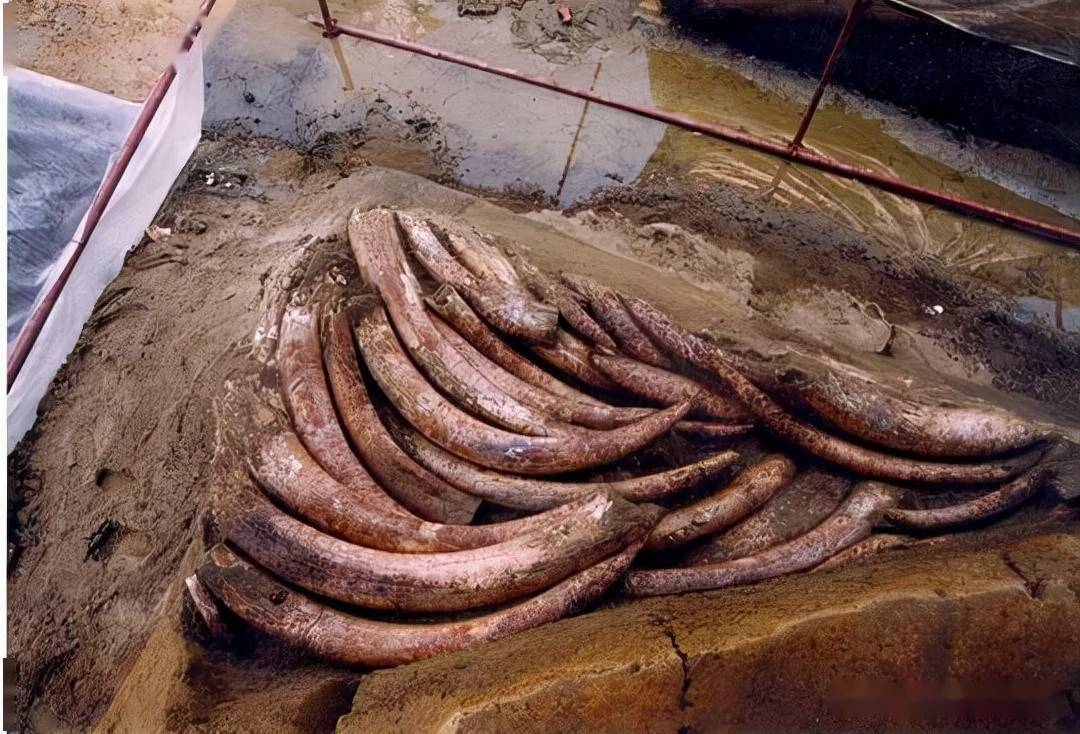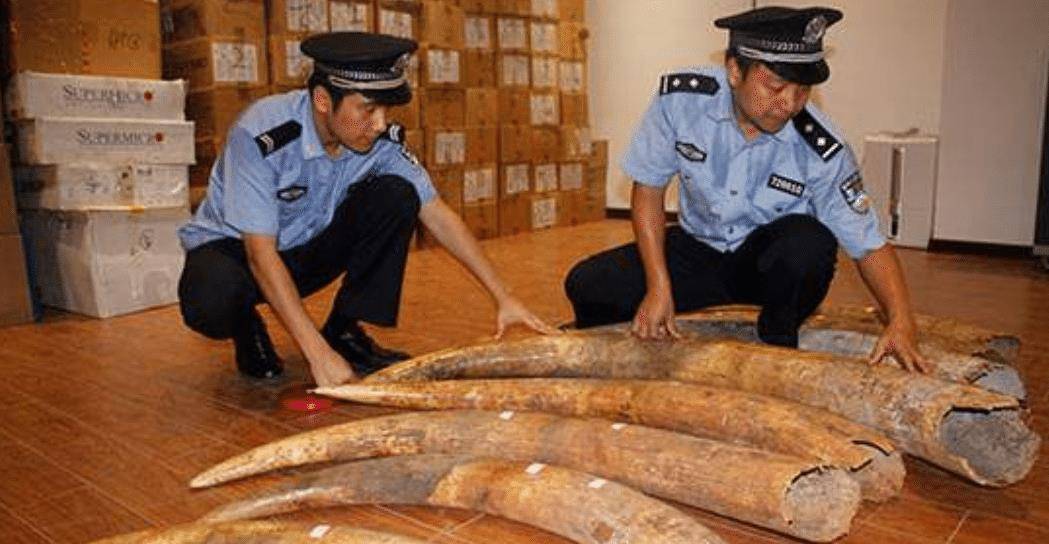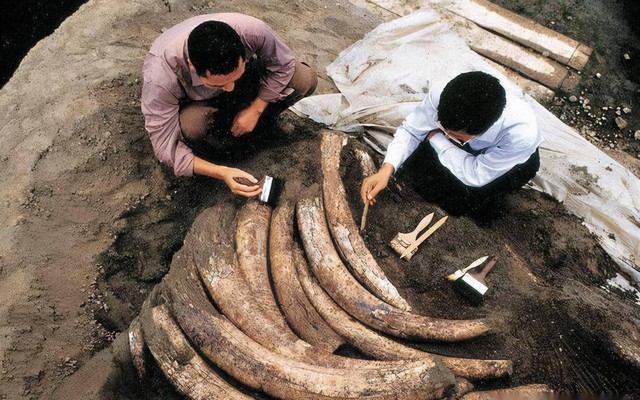In China’s rich tapestry of history, ivory artifacts hold a unique significance, not only as symbols of status and wealth but also as windows into the creative prowess of ancient artisans. However, a discovery in Sichuan province in 2001 unraveled a mystery that left experts bewildered and prompted an unprecedented decision: to bury the treasures once again.

In Jinsha village, Chengdu, Sichuan province, a routine construction project unearthed a trove of antiquities, sparking immediate action from local authorities and cultural relics experts. Among the treasures discovered were thousands of stone tools, pottery fragments, gold items, and, notably, over 1,000 pieces of ivory. This revelation stunned archaeologists, shedding light on the esteemed place ivory held in ancient Chinese society, particularly during the Shang and Zhou dynasties.
What captured the attention of experts was not just the quantity of ivory but also its exquisite craftsmanship. Some tusks remained intact, while others bore intricate carvings, showcasing the exceptional skill of ancient artisans. These findings provided invaluable insights into ancient sacrificial practices and highlighted the significance of ivory as a prized commodity in ceremonial activities.

However, as experts began the delicate task of excavating these ivory relics, they encountered an unexpected challenge. The ivory, upon exposure to air, underwent rapid oxidation, darkening its surface and threatening its integrity. Recognizing the limitations of existing preservation techniques, experts made a difficult decision: to rebury the ivory to protect it from further damage.

This decision, though unconventional, was rooted in a deep commitment to preserving history. By returning the ivory to the earth, experts hoped to safeguard its inherent value and prevent irreparable harm. The excavation was halted, and the site cordoned off, as experts sought alternative preservation methods to address the oxidation issue.
Yet, two decades later, the ivory relics remain untouched, their secrets hidden beneath the earth. The challenge of preserving these artifacts persists, underscoring the complexities of balancing archaeological exploration with conservation efforts. While advancements in technology offer hope for future excavation endeavors, the priority remains the protection of these precious relics for generations to come.
The buried ivory relics of Jinsha village serve as poignant reminders of the fragility of history and the responsibility we bear in its preservation. As we look to the future, may we continue to strive towards unlocking the mysteries of the past while ensuring that its treasures endure for posterity.